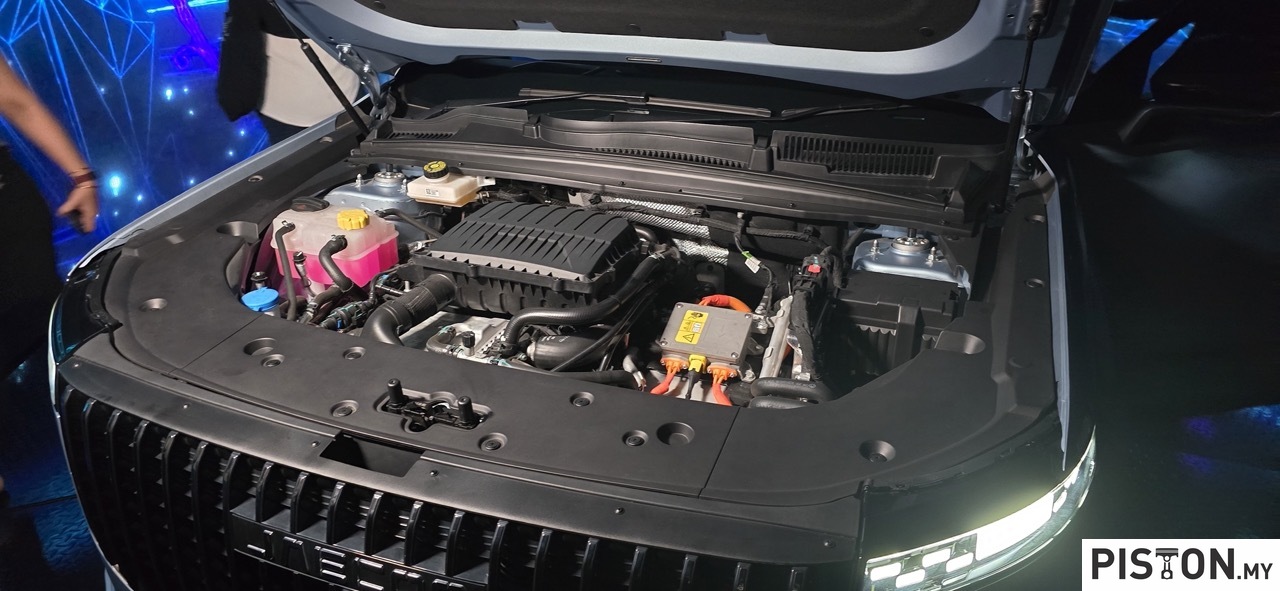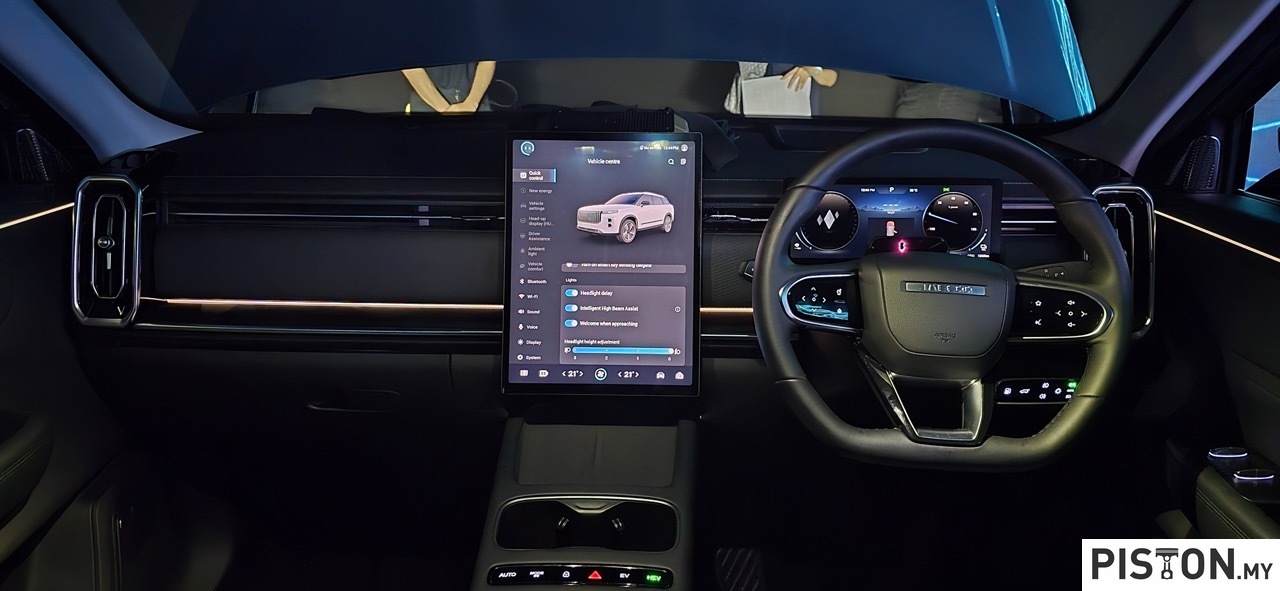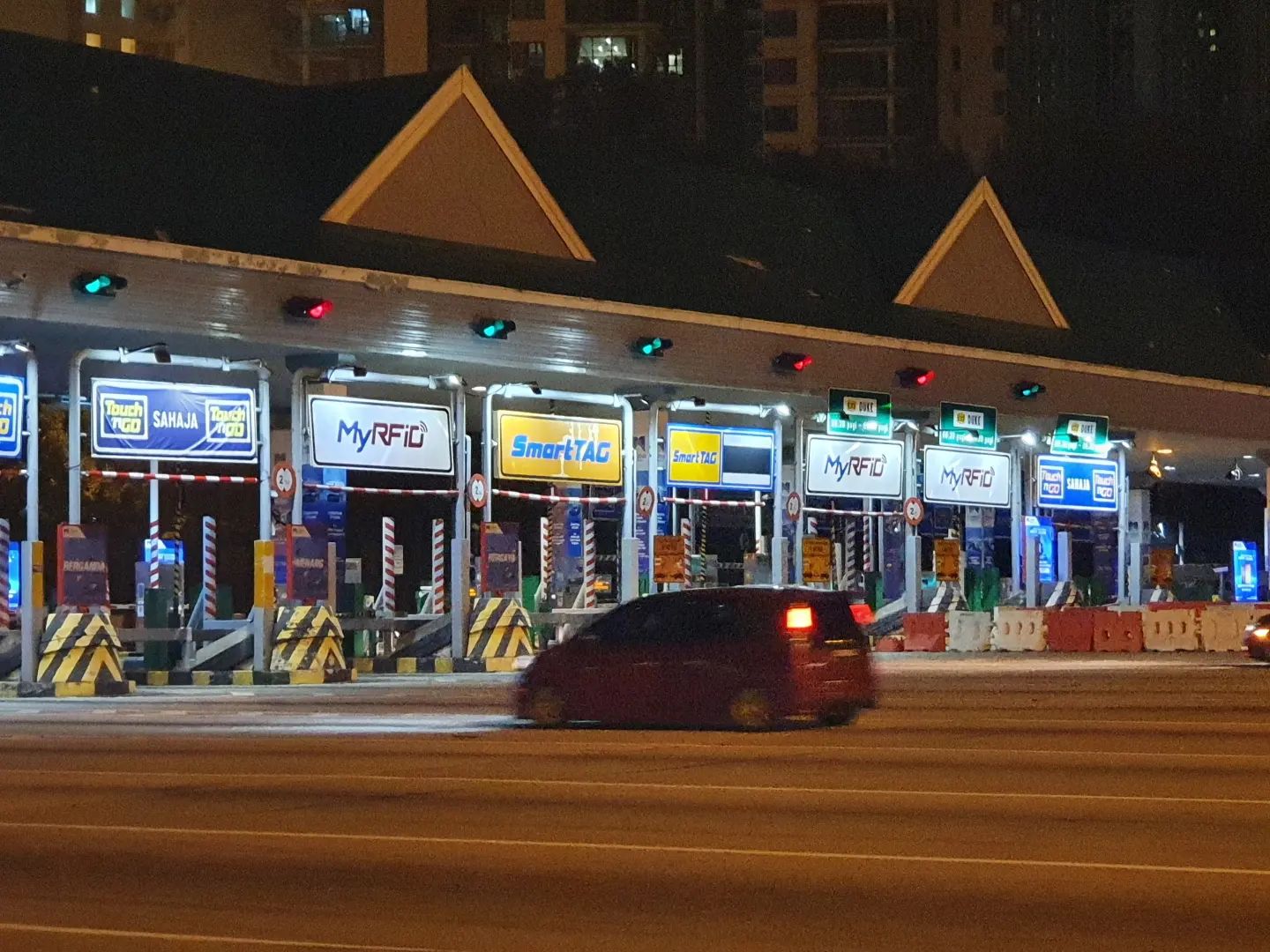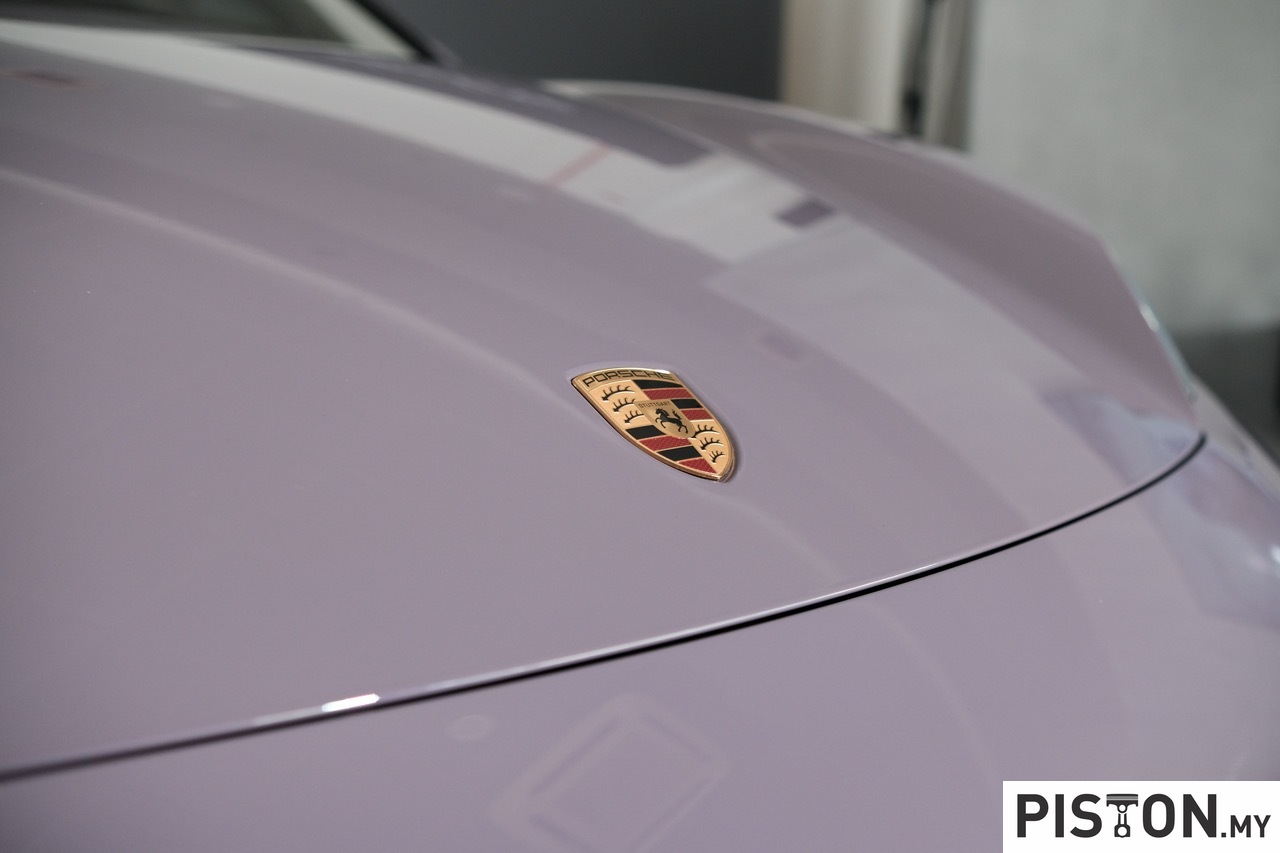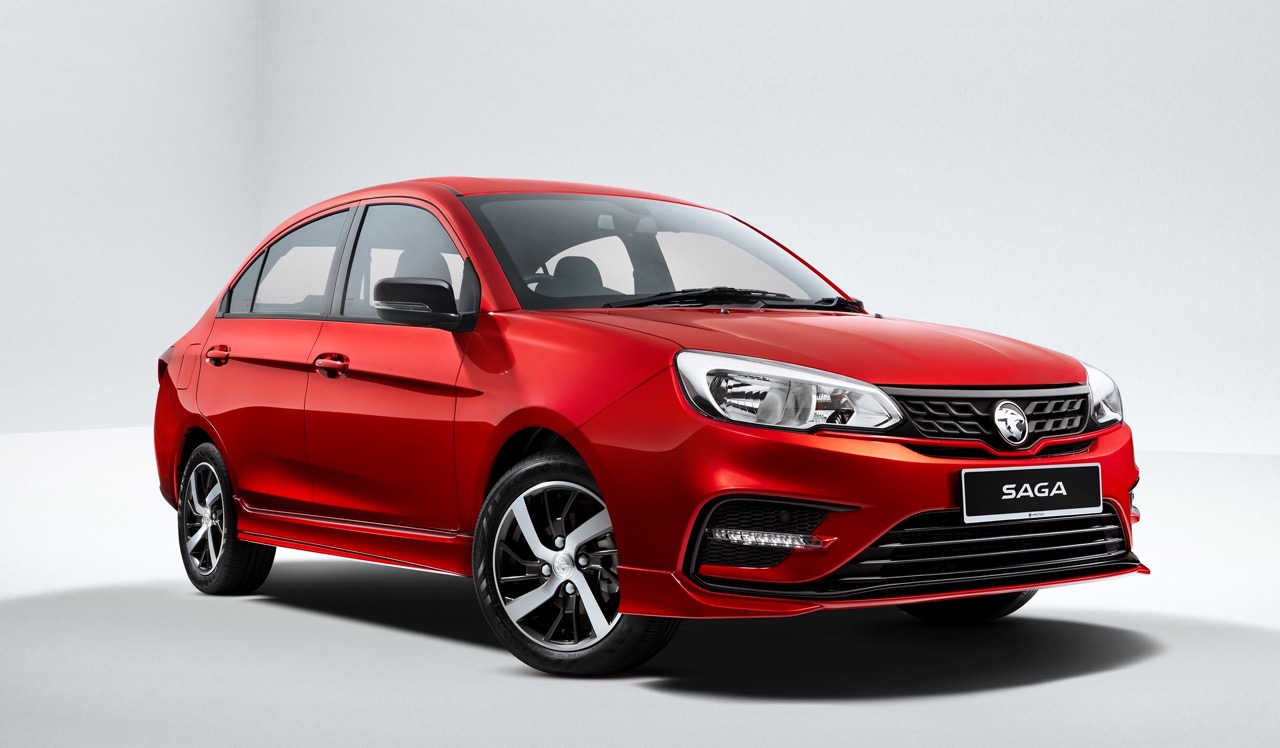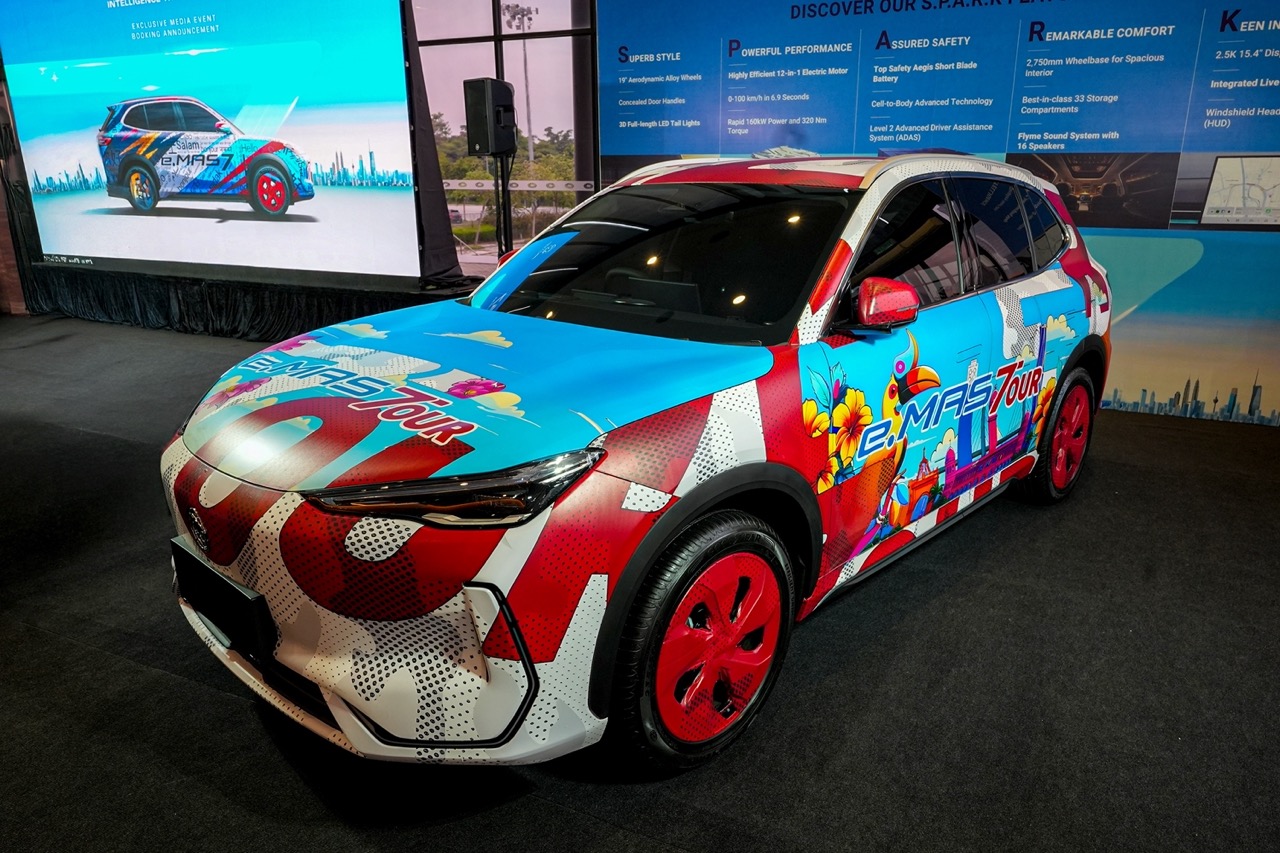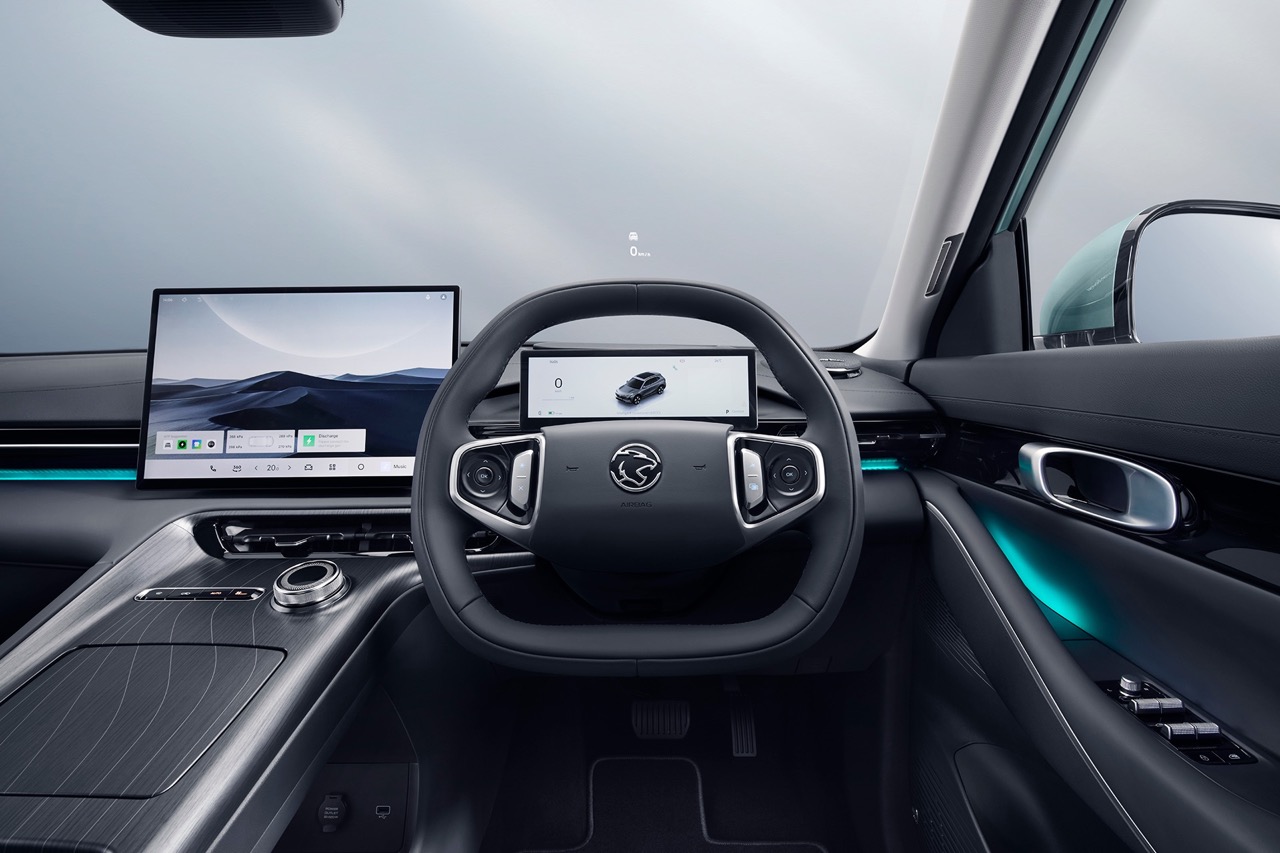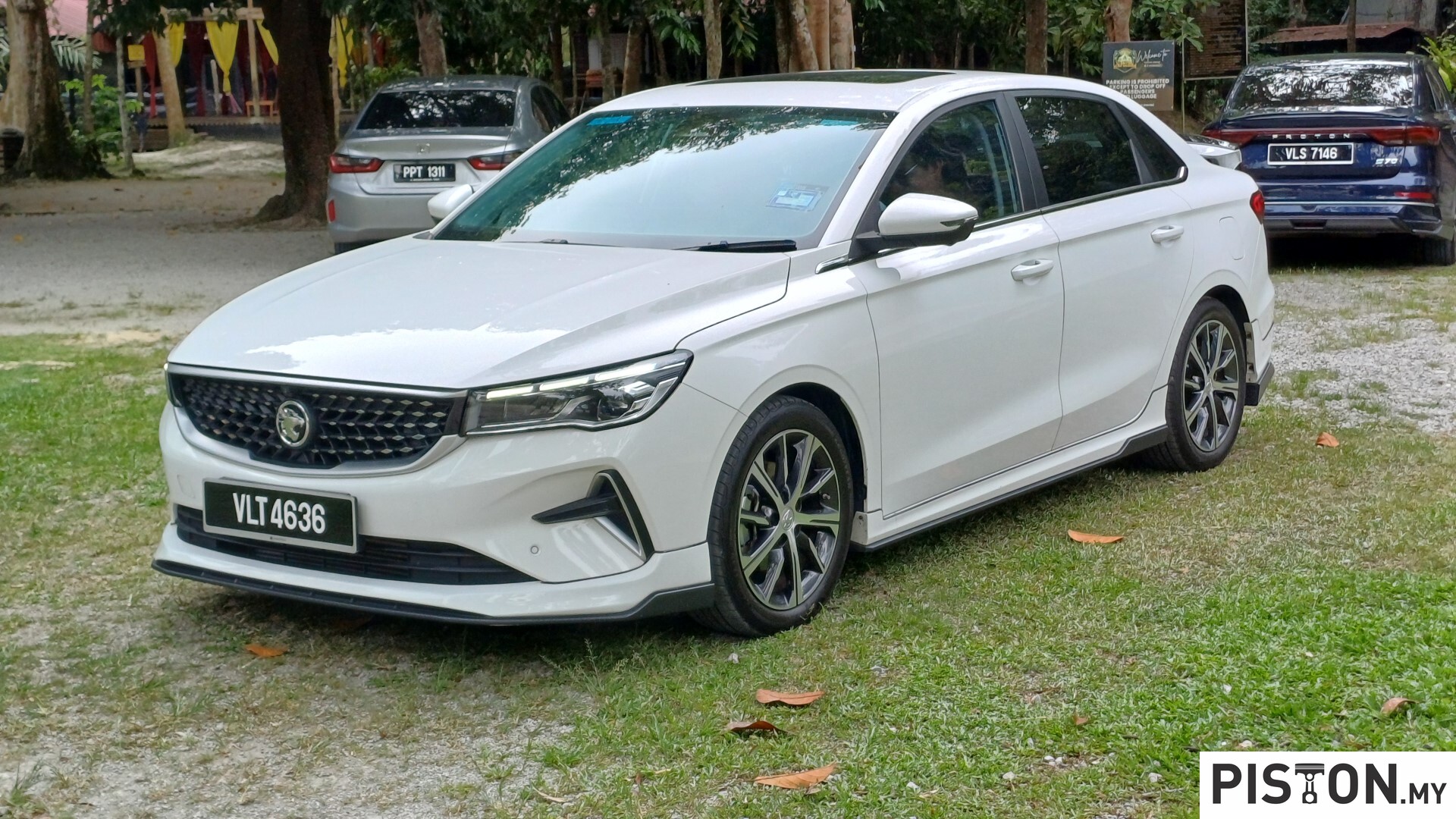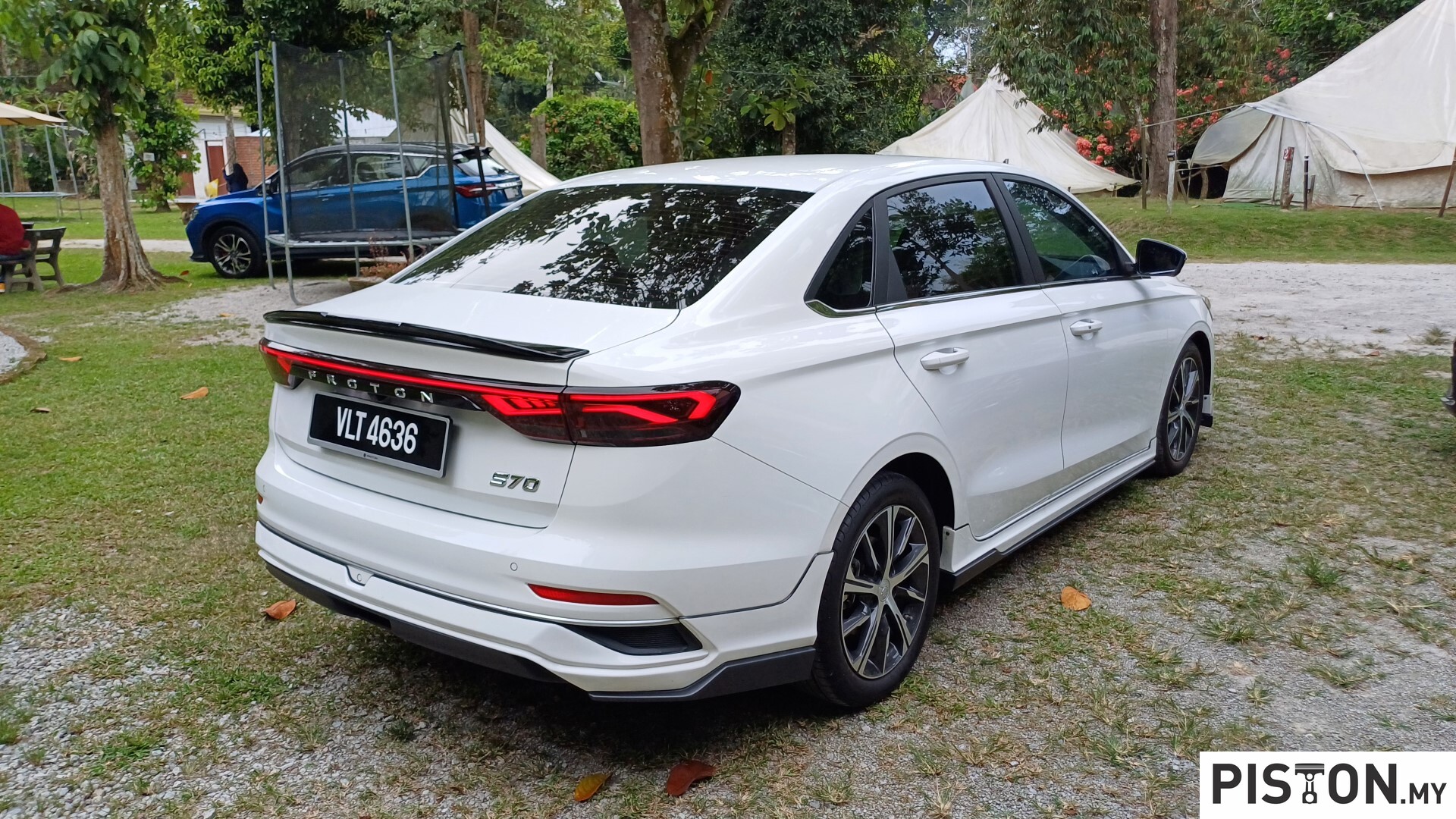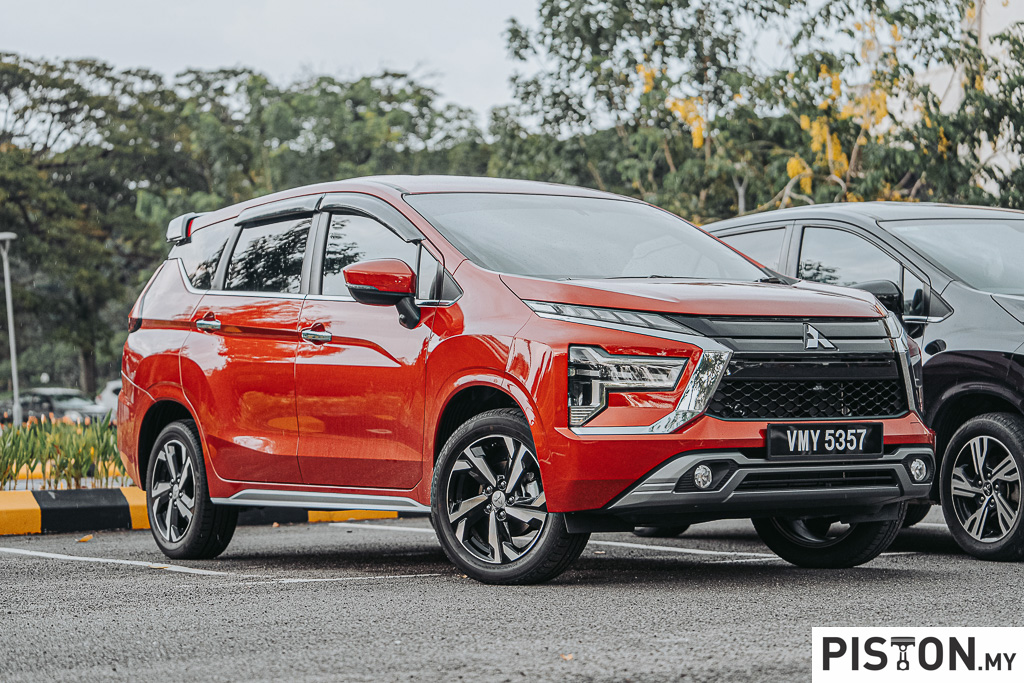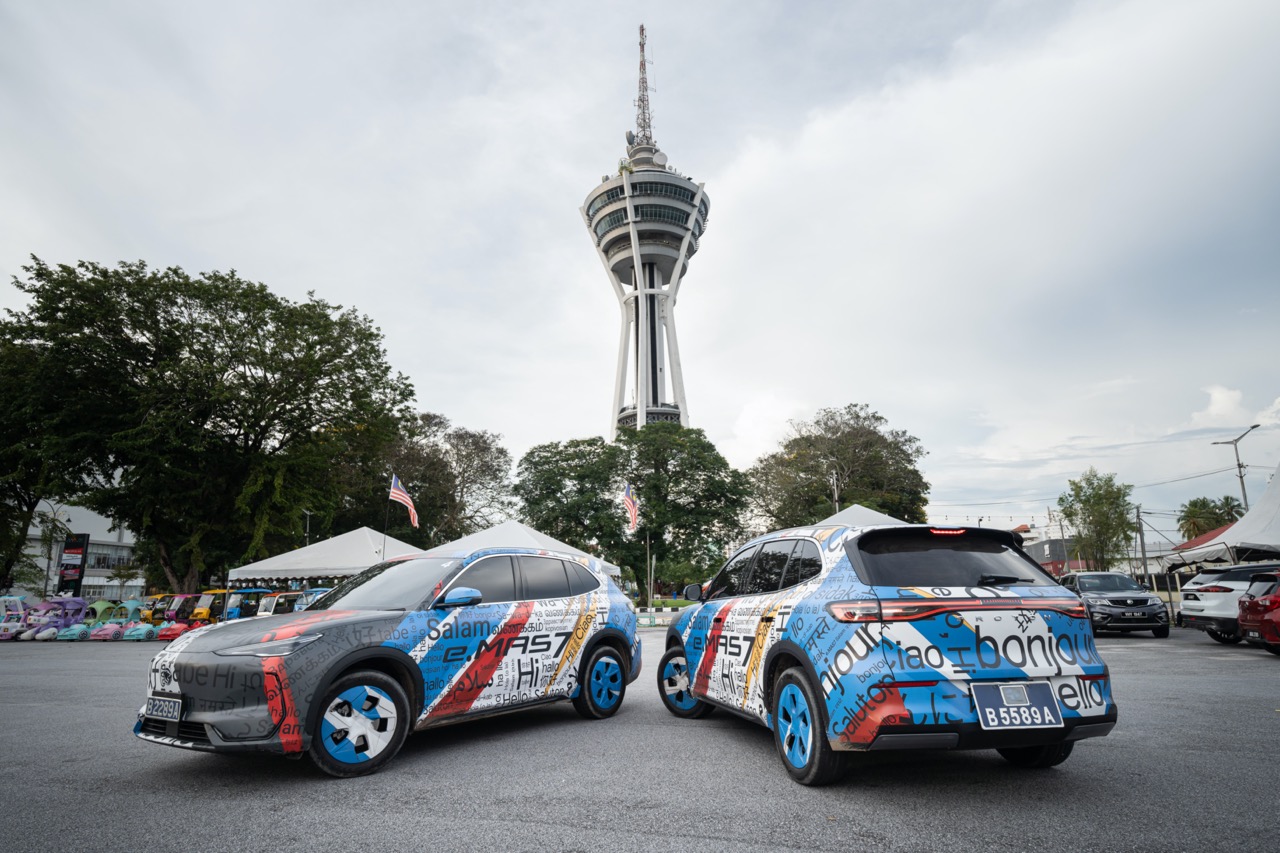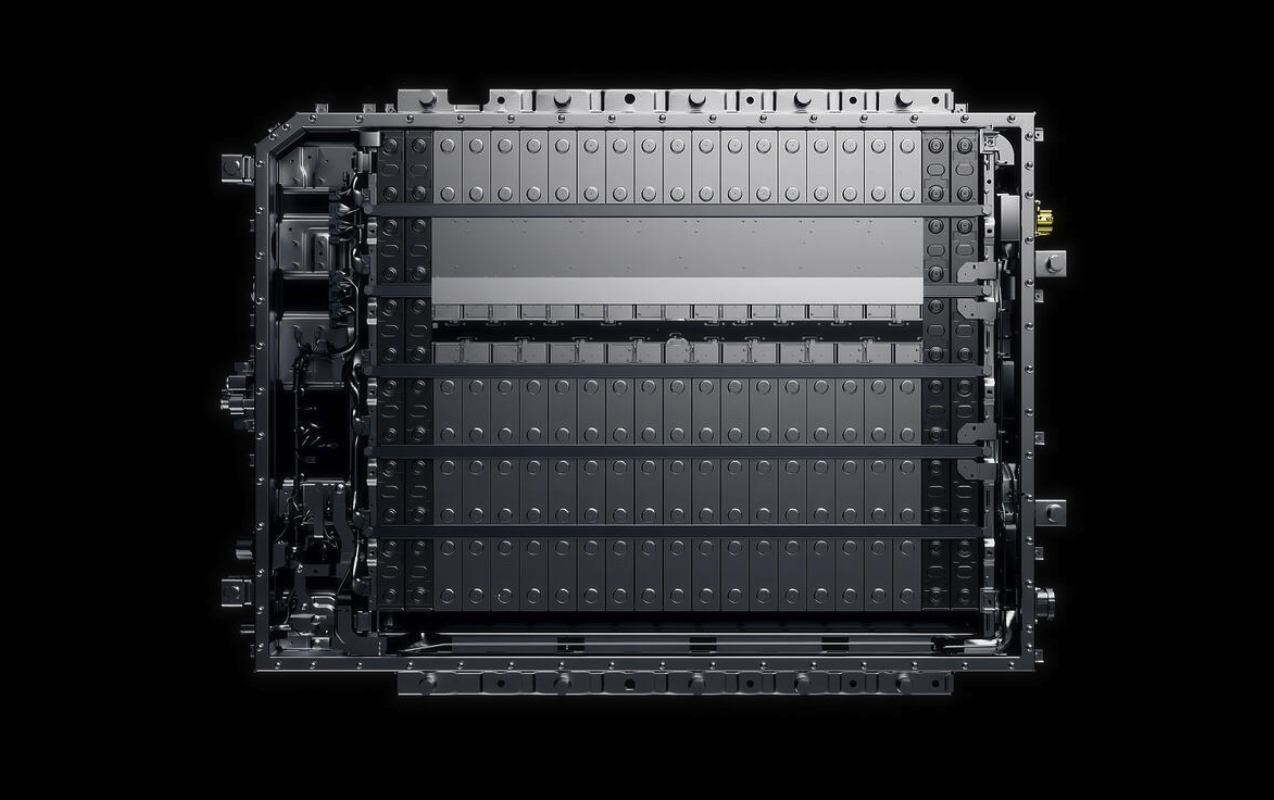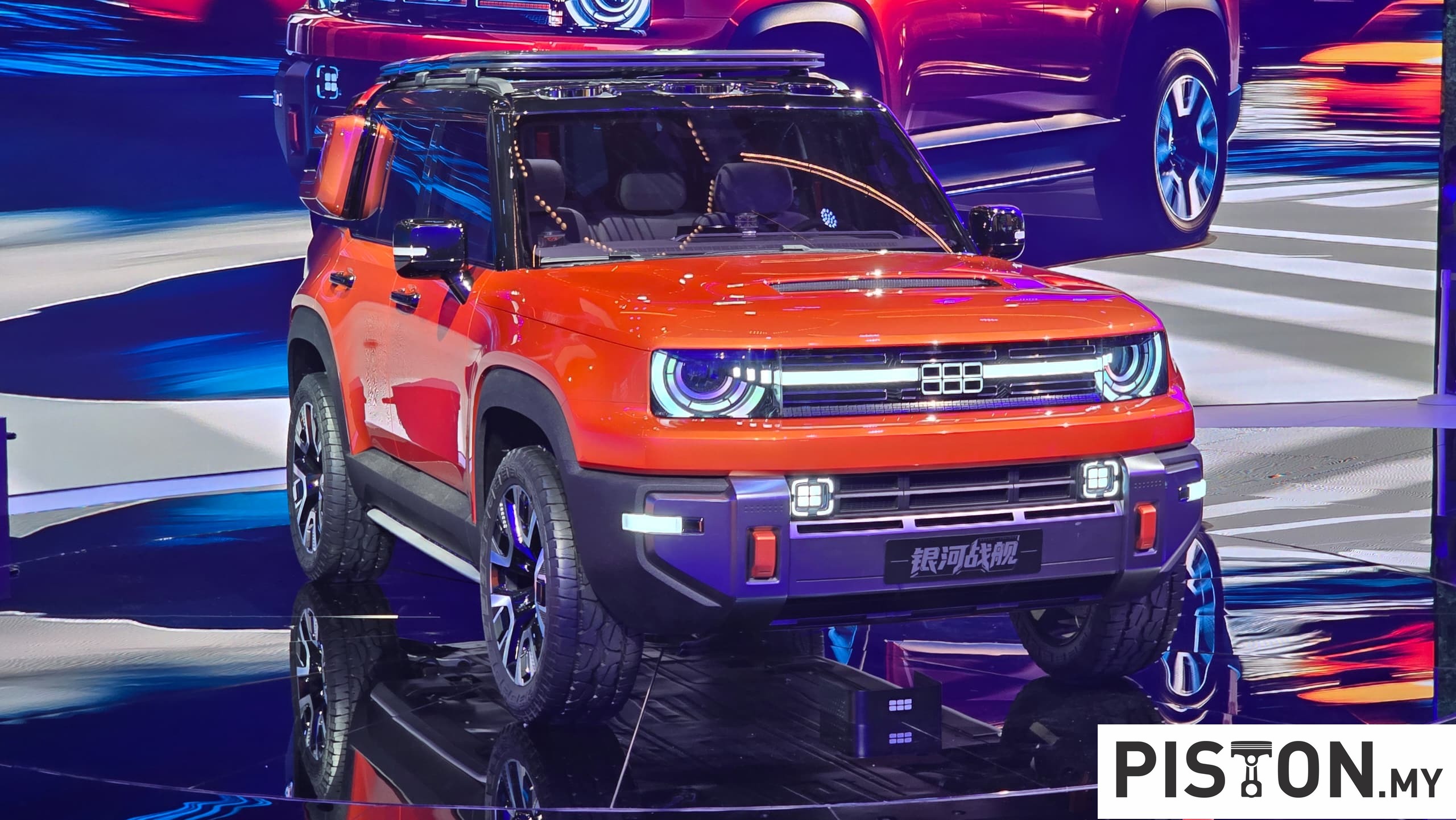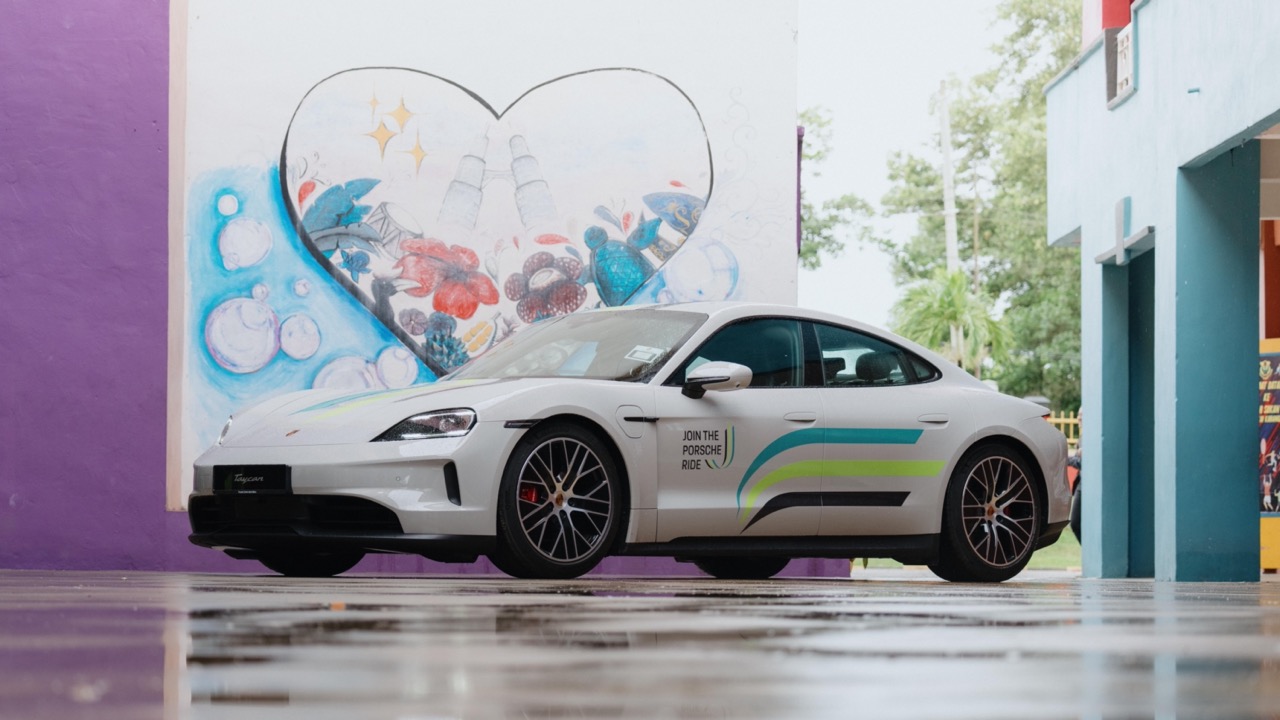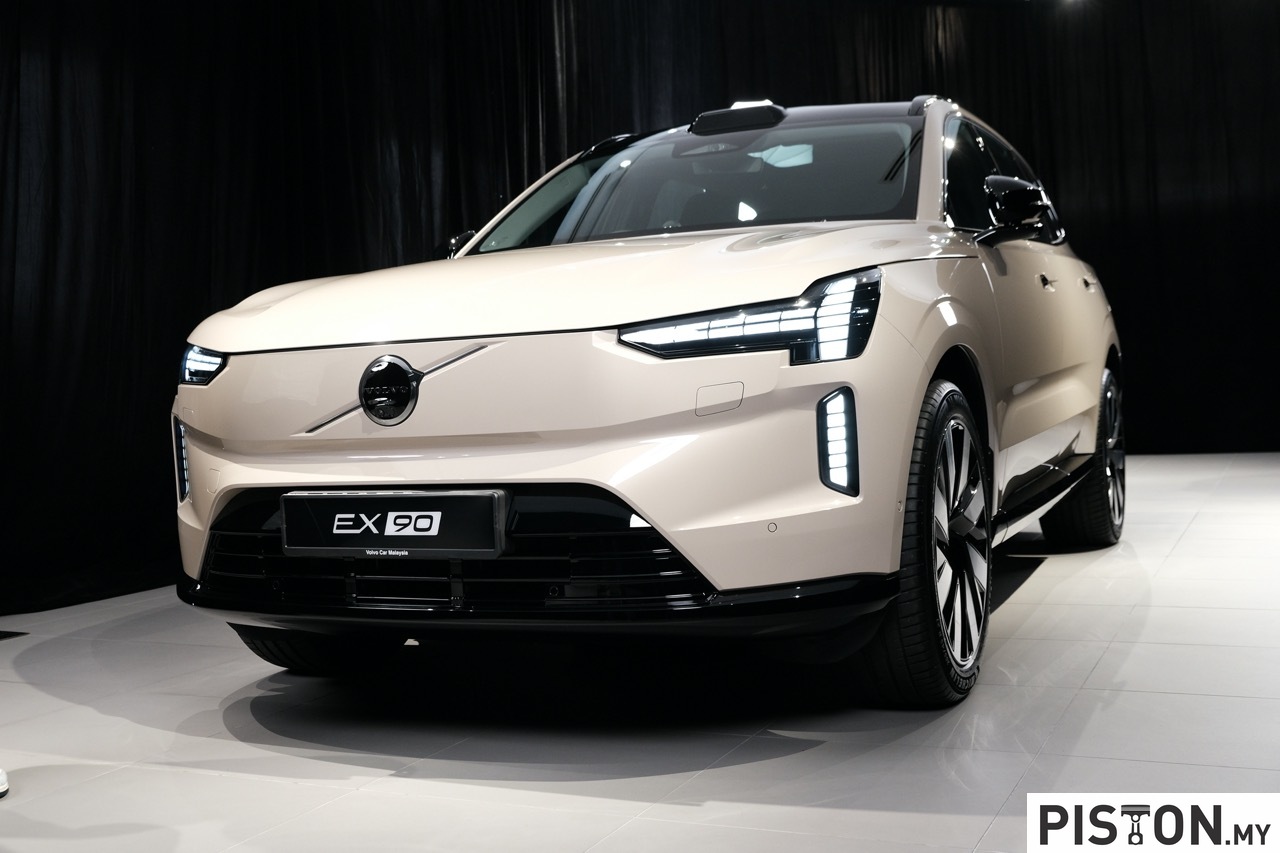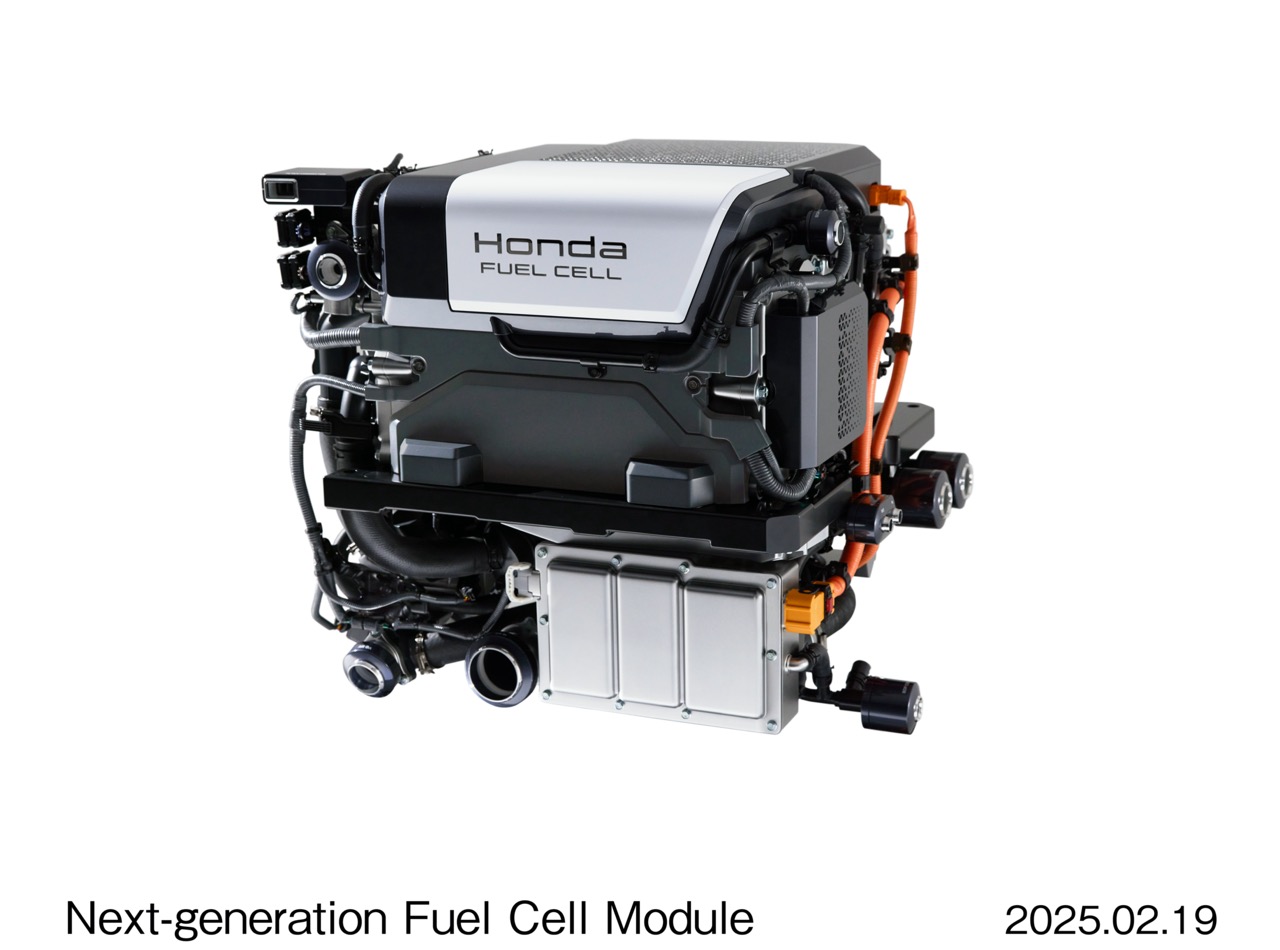Jaecoo recently introduced its latest premium off-road SUV, the J7 Plug-in Hybrid Electric Vehicle (PHEV), in Malaysia through a pop-up experience store that attracted over 3,000 visitors in just five days. This PHEV preview allowed Jaecoo to highlight the advantages of PHEV technology, focusing on efficiency and flexibility, as the company aims to support drivers in making well-informed decisions about hybrid and electric vehicle options.
Leo Chen, Executive Vice President of Chery Corporate Malaysia, emphasised Jaecoo’s dedication to pioneering efficient automotive solutions, positioning PHEVs as central to a sustainable future. Emily Lek, Vice President of Jaecoo Malaysia, echoed this by underscoring the brand’s commitment to educating drivers on electric and hybrid technologies.




